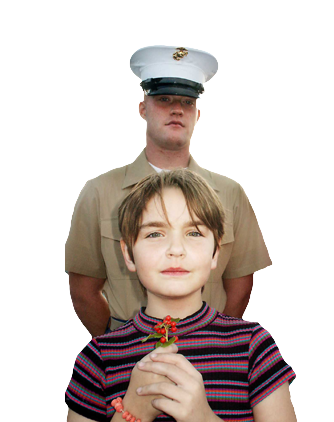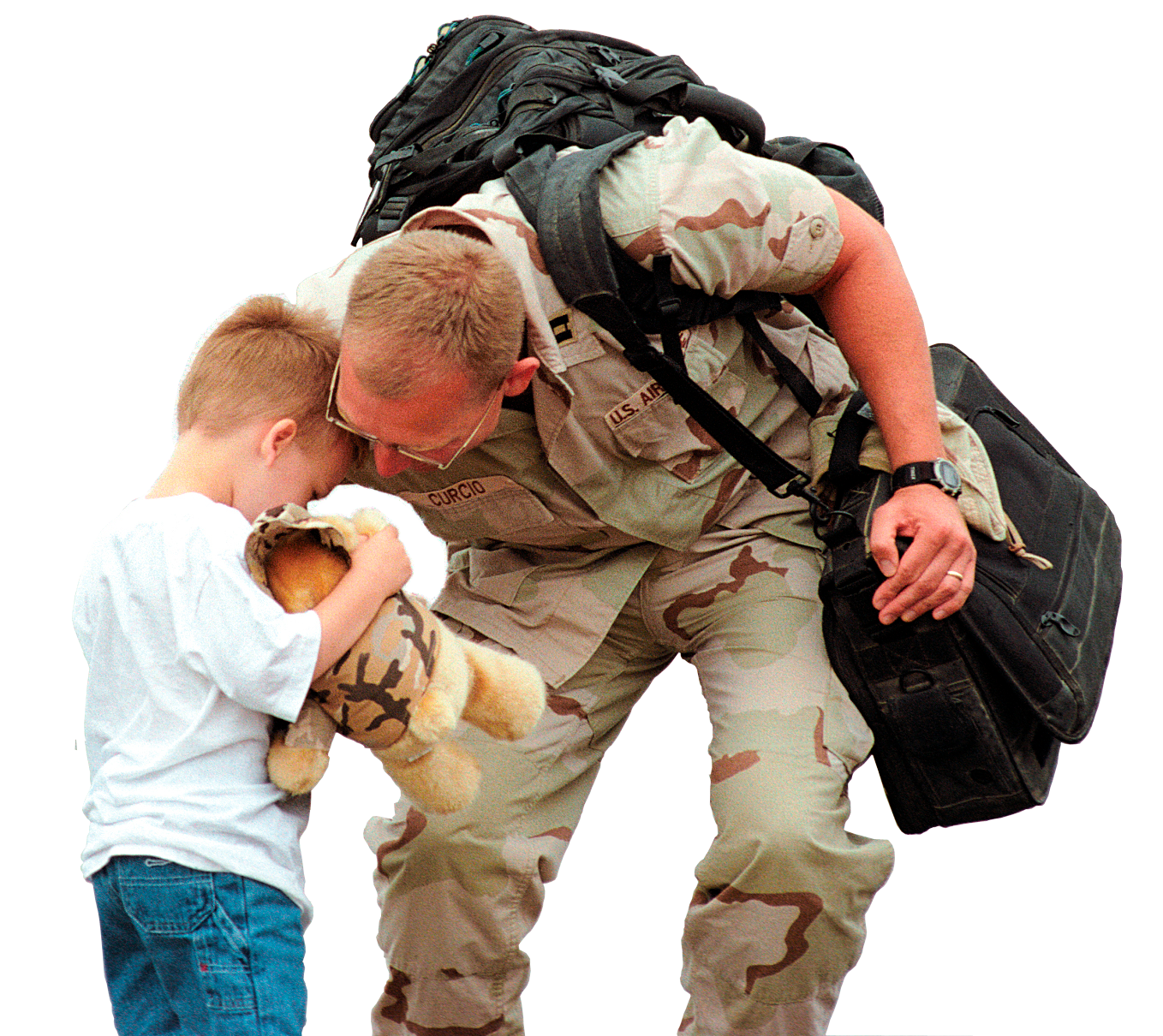[caption id="attachment_3788" align="alignleft" width="309"] U.S. Marine Corps Cpl. Matt Garst absorbed the direct blast of an improvised explosive device in Shorsurak, Afghanistan, June 23, 2010. Fortunately for Garst, the bomb’s explosives didn’t completely detonate. After spending a day to rest and attend to some aches and pains, Garst continued his mission. Courtesy photo[/caption] SOUTHERN SHORSURAK, Afghanistan– Marine Corps Cpl. Matt Garst continues to do his job here, thanks to an enemy-emplaced roadside bomb that malfunctioned.
U.S. Marine Corps Cpl. Matt Garst absorbed the direct blast of an improvised explosive device in Shorsurak, Afghanistan, June 23, 2010. Fortunately for Garst, the bomb’s explosives didn’t completely detonate. After spending a day to rest and attend to some aches and pains, Garst continued his mission. Courtesy photo[/caption] SOUTHERN SHORSURAK, Afghanistan– Marine Corps Cpl. Matt Garst continues to do his job here, thanks to an enemy-emplaced roadside bomb that malfunctioned.
 U.S. Marine Corps Cpl. Matt Garst absorbed the direct blast of an improvised explosive device in Shorsurak, Afghanistan, June 23, 2010. Fortunately for Garst, the bomb’s explosives didn’t completely detonate. After spending a day to rest and attend to some aches and pains, Garst continued his mission. Courtesy photo[/caption] SOUTHERN SHORSURAK, Afghanistan– Marine Corps Cpl. Matt Garst continues to do his job here, thanks to an enemy-emplaced roadside bomb that malfunctioned.
U.S. Marine Corps Cpl. Matt Garst absorbed the direct blast of an improvised explosive device in Shorsurak, Afghanistan, June 23, 2010. Fortunately for Garst, the bomb’s explosives didn’t completely detonate. After spending a day to rest and attend to some aches and pains, Garst continued his mission. Courtesy photo[/caption] SOUTHERN SHORSURAK, Afghanistan– Marine Corps Cpl. Matt Garst continues to do his job here, thanks to an enemy-emplaced roadside bomb that malfunctioned.Few people survive stepping on an improvised explosive device. Even fewer walk away the same day after directly absorbing the force of the blast, but on June 23, Garst did just that.A squad leader with 3rd Battalion, 3rd Marine Regiment, Garst was leading his troops that day on a patrol in Southern Shorsurak, Afghanistan, to establish a vehicle checkpoint in support of Operation New Dawn. The group was four miles from Lima Company’s newly established observation post when they approached an abandoned compound close to where they needed to set up their checkpoint. The compound would serve well as an operating base — a place for the squad to set up communications and rotate Marines in and out of. But first, it had to be secured. As they swept the area with a metal detector, the buried IED registered no metallic signature – it was too deep under the soil. Two men walked over it without it detonating. At 6 feet 2 inches tall and 260 pounds with all his gear on, Garst is easily the largest man in his squad by 30 or 40 pounds — just enough extra weight to trigger the IED buried deep in hard-packed soil. Lance Cpl. Edgar Jones, a combat engineer with the squad, found a pressure plate inside the compound and hollered to Garst, asking what he should do with it. Garst turned around to answer and he stepped on the bomb. “I can just barely remember the boom,â€Â Garst recalled. “I remember the start of a loud noise and then I blacked out.â€Â Since Garst's encounter with the IED, his tale has spread through the rest of the battalion, and as often happens in combat units, the story mutates and becomes more and more extraordinary. What really happened even eludes Garst. When he came to, he was standing on his feet holding his weapon, turning to see the remnants of the blast and wondering why his squad had a look on their faces as if they’d seen a ghost. Marines in Lima Company think Garst is the luckiest guy in the battalion, and while that may seem a fair assessment, it actually was the enemy’s shoddy work that left Garst alive and relatively uninjured. The three-liters of homemade explosive had only partially detonated. Marines who witnessed the event from inside the compound caught glimpses of Garst’s feet flailing through the air just above the other side of the building’s eight-foot-high walls. The explosion knocked him at least fifteen feet away, where he landed on his limp head and shoulders before immediately standing back up. Not quite sure of what had just happened, Garst turned back toward the blast, now nothing but a column of dirt and smoke rising toward the sun. Garst said he’d immediately realized that he’d encountered an IED. “Then I thought, ‘Well I’m standing. That’s good,’â€Â he recalled. Garst then directed his troops to establish a security perimeter while letting them know that he was OK. Garst also radioed back to base, calling for an explosive ordnance disposal team and a quick-reaction force. “I called them and said, ‘Hey, I just got blown up. Get ready,’â€Â Garst recalled. “The guy thought I was joking at first. ‘You got blown up? You’re not calling me. Get out of here!’â€Â Once the area was cleared, Garst led his squad the four miles back to their observation post — just hours after he’d been buffeted by the IED blast. “I wasn’t going to let anybody else take my squad back after they’d been there for me,â€Â he said. “That’s my job.â€Â Garst awakened the next day with a pounding headache, he recalled, and felt as sore as he’d ever been in his life. “Just getting up from trying to sleep was painful,â€Â he said. But he saw no reason being sore should slow him down. After a day of rest, Garst was back out on patrol, showing his Marines and the enemy that just like his resolve, he is unbreakable. July 21, 2010: By U.S. Marine Corps Sgt. Mark Fayloga- Regimental Combat Team 7






